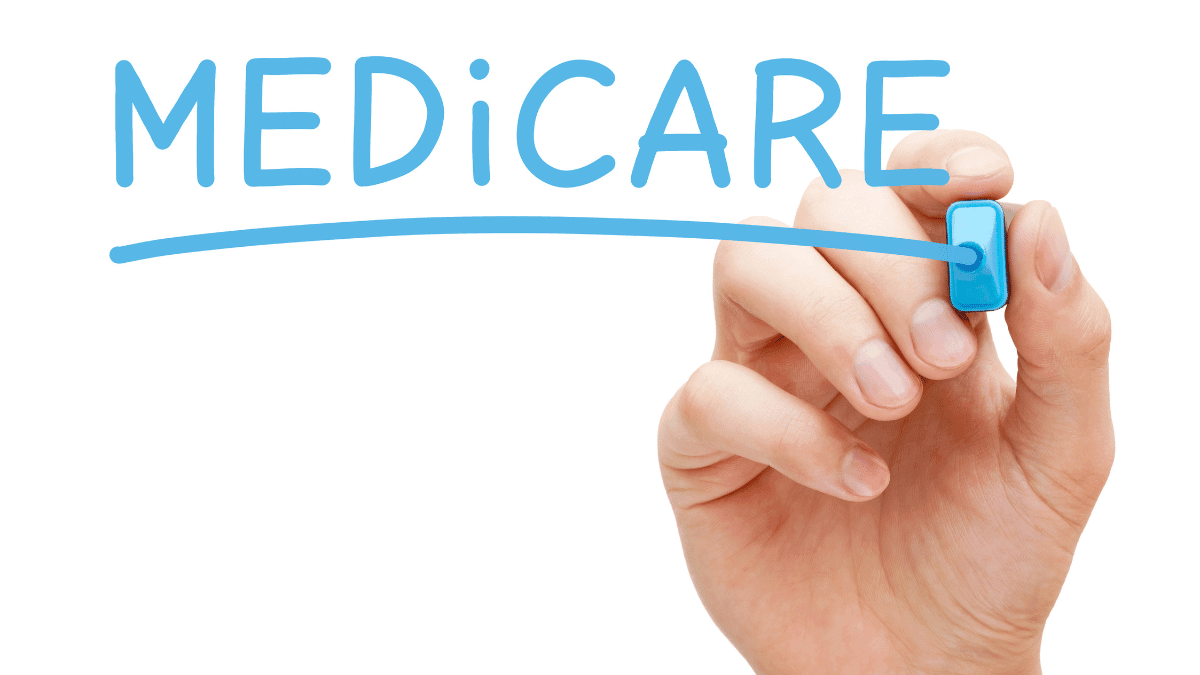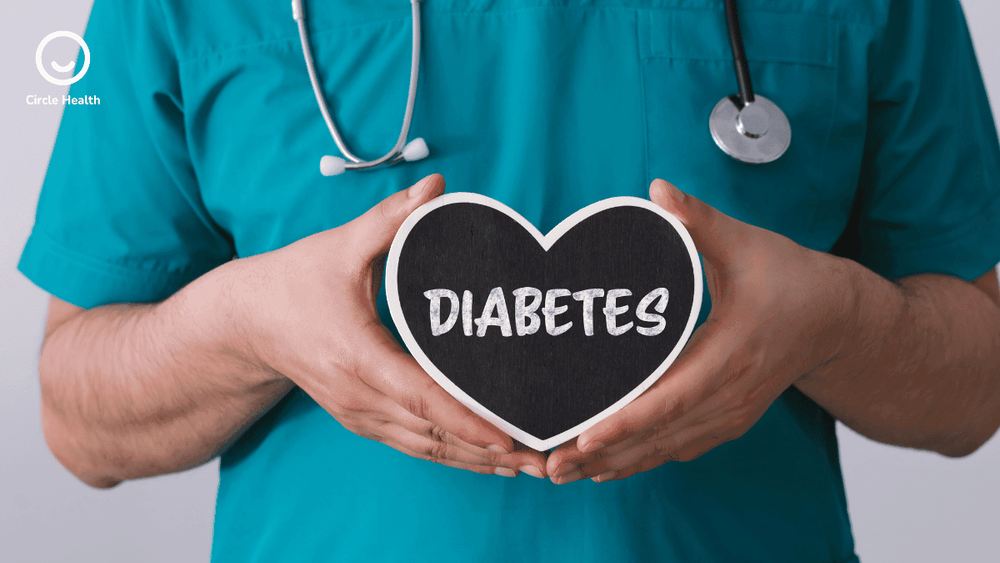Discover how Remote Patient Monitoring (RPM) devices are revolutionizing hypertension and diabetes management for Medicare patients. Learn about benefits, coverage, and improved health outcomes through continuous monitoring.
Remote patient monitoring (RPM) is revolutionizing chronic disease management for Medicare beneficiaries. By enabling patients to collect and transmit health data from home, RPM devices are delivering measurable improvements in hypertension and diabetes outcomes while reducing healthcare costs.
Understanding RPM in Medicare
Remote patient monitoring allows Medicare patients to collect health data using connected medical devices that automatically transmit information to their healthcare providers. CMS reimburses RPM services under specific CPT codes (99453–99454 and 99457–99458), making it financially viable for providers while improving patient care.
The reimbursement structure covers everything from initial device setup and patient education (99453) to monthly device monitoring requiring at least 16 days of data collection (99454), plus clinical management time spent reviewing that data (99457/99458). This comprehensive coverage applies to both Traditional Medicare and Medicare Advantage plans, including dual-eligible beneficiaries.
To qualify for Medicare reimbursement, devices must be FDA-cleared medical devices capable of collecting and transmitting data on at least 16 days per 30-day billing period. This requirement ensures consistent monitoring and reliable data for clinical decision-making.
The Impact of RPM on Hypertension Management

Hypertension represents the largest RPM use case in Traditional Medicare, accounting for 57% of all RPM episodes. The clinical results have been remarkable, demonstrating that remote monitoring can dramatically improve blood pressure control in Medicare populations.
Substantial Blood Pressure Reductions
A recent The American Journal of Managed Care study involving 1,594 Medicare patients with stage-2 hypertension revealed impressive outcomes from a one-year RPM program with monthly care calls. Mean systolic blood pressure dropped from 152 mmHg to 132 mmHg—a clinically significant 20 mmHg reduction. More importantly, the proportion of patients with stage-2 hypertension plummeted from 100% to just 25%, representing a 75% relative reduction over 12 months.
Another 180-day RPM analysis showed that hypertensive patients with very high baseline blood pressure (≥140/90 mmHg) averaged a 16 mmHg drop in systolic pressure. These consistent results across multiple studies demonstrate RPM's effectiveness in real-world Medicare settings.
Preventing Cardiovascular Events
The downstream benefits of better blood pressure control are substantial. Analysis projects that achieving such BP control in Stage-2 patients could reduce heart attacks and strokes by approximately 40%. An American Heart Association study of high-risk hypertensive patients found that a pharmacist-led telemonitoring program roughly halved the 5-year rates of heart attack or stroke compared to usual care.
Significant Cost Savings
These clinical improvements translate directly into economic benefits. The AHA study estimated savings of approximately $1,900 per patient over five years by avoiding costly cardiovascular events. When you consider that Medicare covers millions of beneficiaries with hypertension, the potential for system-wide savings becomes enormous.
Medicare evaluations consistently show that RPM for hypertension enables rapid medication adjustment by care teams, resulting in faster blood pressure control and fewer emergency situations requiring hospitalization.
High Patient Engagement
One community RPM initiative reported patient retention rates exceeding 90%, with 94% of clinicians surveyed indicating that RPM improved blood pressure control. This high adherence rate is critical for achieving the long-term outcomes that make RPM effective.
RPM's Role in Diabetes Management
Diabetes represents the second-largest RPM use case, accounting for 13% of Traditional Medicare RPM episodes. While the percentage is smaller than hypertension, the impact on patient outcomes remains significant, particularly for high-risk individuals and those at critical care transition points.
Improved Glycemic Control
RPM for diabetes utilizes connected glucometers or continuous glucose monitors (CGMs) to provide frequent or continuous glucose readings, allowing for faster medication titration. A Tulane study examining Medicare telehealth-enabled diabetes care found a statistically significant drop in HbA1c of approximately 0.08%, with more patients achieving the target HbA1c level below 7% with remote care.
While these improvements may appear modest compared to hypertension outcomes, even small gains in glycemic control reduce long-term complications significantly. RPM proves most effective for patients with very high starting HbA1c levels or those at transition points, such as starting insulin therapy.
Enhanced Patient Adherence and Safety
RPM platforms provide regular feedback and reminders to patients, boosting daily glucose checks and encouraging diet and exercise adjustments. This consistent engagement helps patients develop better self-management habits that extend beyond just taking readings.
For patients using CGMs—now covered by Medicare for insulin-dependent beneficiaries—continuous data can alert both patients and clinicians to dangerously low blood sugar levels, reducing hypoglycemia risk. This real-time monitoring capability has proven particularly valuable for elderly patients who may not recognize early warning signs of hypoglycemia.
Cost Reduction Through Prevention
By averting diabetic emergencies, particularly hypoglycemic episodes requiring hospitalization, RPM lowers the total cost of care for both payers and health systems. Clinical trials have demonstrated that just 10–15 minutes per month of RPM coaching can significantly lower HbA1c in patients with uncontrolled diabetes, making it a highly efficient intervention.
CMS Evidence Supporting RPM Effectiveness
The Department of Health and Human Services notes that transmitting vitals remotely enables providers to "intervene promptly, potentially reducing hospital admissions." A recent Peterson Center report synthesizing Medicare data concluded that RPM technologies "can improve outcomes and reduce spending" specifically for hypertension and diabetes management.
Dedicated RPM care teams consisting of nurses and pharmacists have demonstrated particular effectiveness in quickly optimizing blood pressure medications, leading to faster control than traditional office-based care models. This team-based approach aligns perfectly with CMS's push toward value-based care arrangements.
From a payer perspective, widespread RPM adoption could generate substantial savings. If 40% of serious cardiovascular events can be prevented in hypertensive patients through better monitoring, Medicare would save significantly on heart attacks, strokes, and associated hospital stays. CMS estimates indicate that shifting more chronic care to RPM yields net savings by avoiding expensive inpatient care.
Common RPM Devices for Medicare Patients

Medicare RPM programs rely on user-friendly, FDA-approved devices that patients can easily operate at home, supported by comprehensive RPM management platforms like Circle Health. These platforms play a crucial role in collecting device data, monitoring patient vitals in real time, and ensuring seamless communication between providers and patients for timely interventions.
Connected Blood Pressure Monitors: Digital arm cuffs from brands like Omron, A&D Medical, and Qardio automatically transmit readings via cellular or Bluetooth connections. These FDA-cleared devices meet all CMS requirements and provide reliable data for clinical decision-making.
Glucometers: Portable blood glucose meters such as OneTouch and Accu-Chek can upload data to cloud platforms, integrating seamlessly into RPM programs. Medicare covers a range of home glucometers and test strips under existing durable medical equipment codes.
Continuous Glucose Monitors: CGMs like Dexcom and Freestyle Libre continuously measure interstitial glucose levels and are covered by Medicare for insulin-dependent patients. These devices are increasingly paired with RPM systems to provide real-time glucose trends.
Supplementary Devices: Some comprehensive programs also incorporate FDA-approved wireless weight scales for congestive heart failure or metabolic syndrome monitoring, pulse oximeters for oxygen levels, or ketone meters. However, blood pressure cuffs and glucose meters remain the primary tools for hypertension and diabetes management.
Integration with Comprehensive Care Management
RPM is frequently delivered alongside Chronic Care Management (CCM) services, allowing providers to bundle RPM data review with CCM services for complex patients. This integrated approach is particularly beneficial for Medicare Advantage plans, which can offer RPM to high-need members under value-based care arrangements, often supporting dual-eligible and disabled beneficiaries.
By improving chronic disease metrics, RPM programs may enhance Medicare Advantage Star ratings or ACO performance scores, creating additional financial incentives for providers to implement these programs effectively.
Frequently Asked Questions
Q: How does Medicare reimburse for RPM services?
Medicare reimburses RPM through CPT codes 99453 (device setup), 99454 (monthly monitoring with ≥16 days of data), 99457 (≥20 minutes clinical time), and 99458 (additional 20-minute increments). These codes can be billed once per 30-day period per patient.
Q: What blood pressure reduction can Medicare patients expect from RPM?
Studies show Medicare patients with stage-2 hypertension experienced average systolic BP reductions of 20 mmHg over one year of RPM. One study reduced the proportion of stage-2 hypertensive patients from 100% to 25% in 12 months.
Q: Does RPM actually reduce cardiovascular events?
Yes. Research indicates RPM roughly halves the 5-year rates of heart attack or stroke in high-risk hypertensive patients compared to usual care, potentially preventing 40% of serious CV events in Stage-2 patients who achieve better BP control.
Q: How much can RPM save Medicare in healthcare costs?
Studies estimate approximately $1,900 in savings per hypertensive patient over five years by preventing costly cardiovascular events. System-wide, avoiding hospitalizations and emergency care generates substantial savings for Medicare.
Q: What devices are covered under Medicare RPM programs?
Medicare covers FDA-cleared connected blood pressure monitors, glucometers, and CGMs (for insulin-dependent patients). All devices must be medical-grade and capable of transmitting data on at least 16 days per month.
Q: How effective is RPM for diabetes management in Medicare patients?
RPM shows modest but significant improvements in glycemic control, with studies reporting approximately 0.08% HbA1c reductions and more patients achieving HbA1c below 7%. It's most effective for patients with very high baseline levels or those starting insulin.
Q: What is patient retention like in Medicare RPM programs?
Medicare RPM programs report excellent engagement, with some initiatives showing patient retention rates exceeding 90%. High adherence is key to achieving the clinical outcomes that make RPM effective.
Q: Can RPM be combined with other Medicare services?
Yes. RPM is often bundled with Chronic Care Management (CCM) services for complex patients, creating a comprehensive care approach. Medicare Advantage plans frequently combine RPM with value-based care arrangements.
Q: How much time do clinicians need to spend on RPM management?
Clinical trials show that just 10–15 minutes per month of RPM coaching can significantly improve outcomes for uncontrolled diabetes. The 99457 code requires at least 20 minutes of clinical time monthly for reimbursement.
Conclusion
RPM devices are delivering measurable improvements in hypertension and diabetes outcomes for Medicare beneficiaries. With systolic blood pressure reductions averaging 20 mmHg, cardiovascular event rates cut in half, and cost savings approaching $2,000 per patient over five years, the evidence supporting RPM is compelling.
For diabetes management, RPM enables better glycemic control and prevents dangerous hypoglycemic episodes, particularly for high-risk patients. The technology aligns perfectly with CMS goals for value-based care, chronic disease management, and preventative services.
As Medicare continues expanding telehealth coverage, RPM stands out as a proven intervention that improves clinical outcomes while reducing system costs. For providers, implementing RPM programs offers an opportunity to enhance quality metrics, improve patient satisfaction, and generate sustainable reimbursement—all while delivering better care to the Medicare population most affected by chronic conditions.

